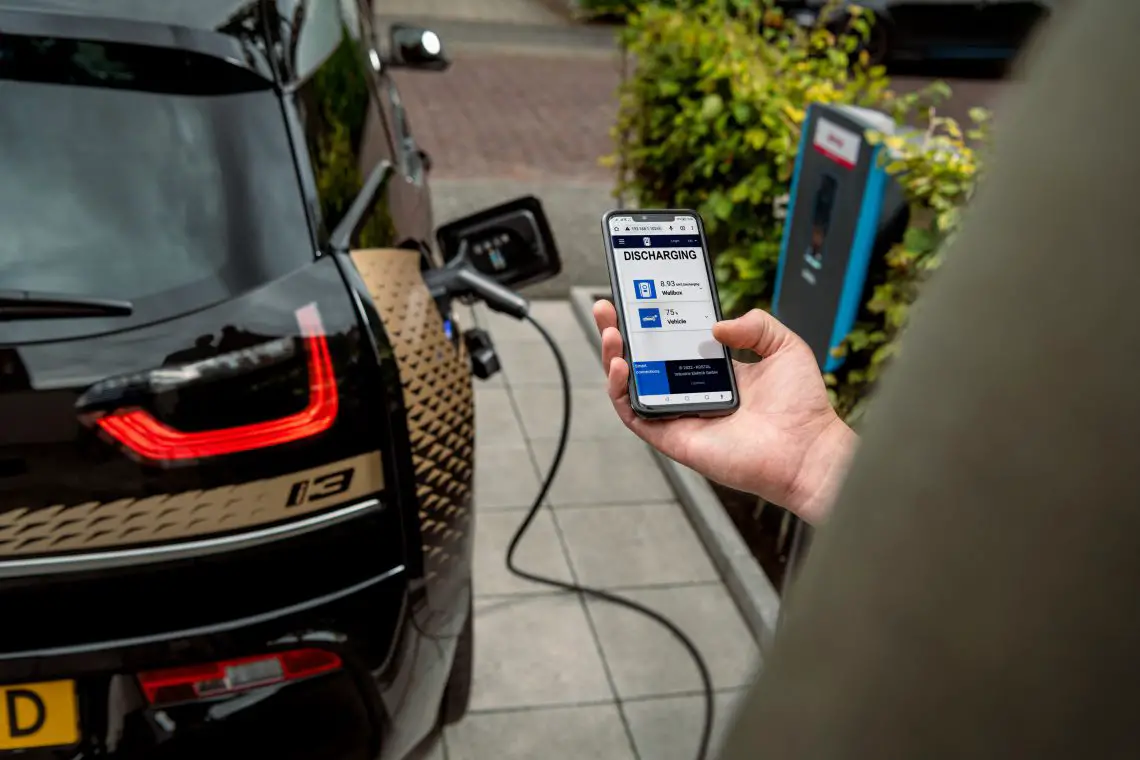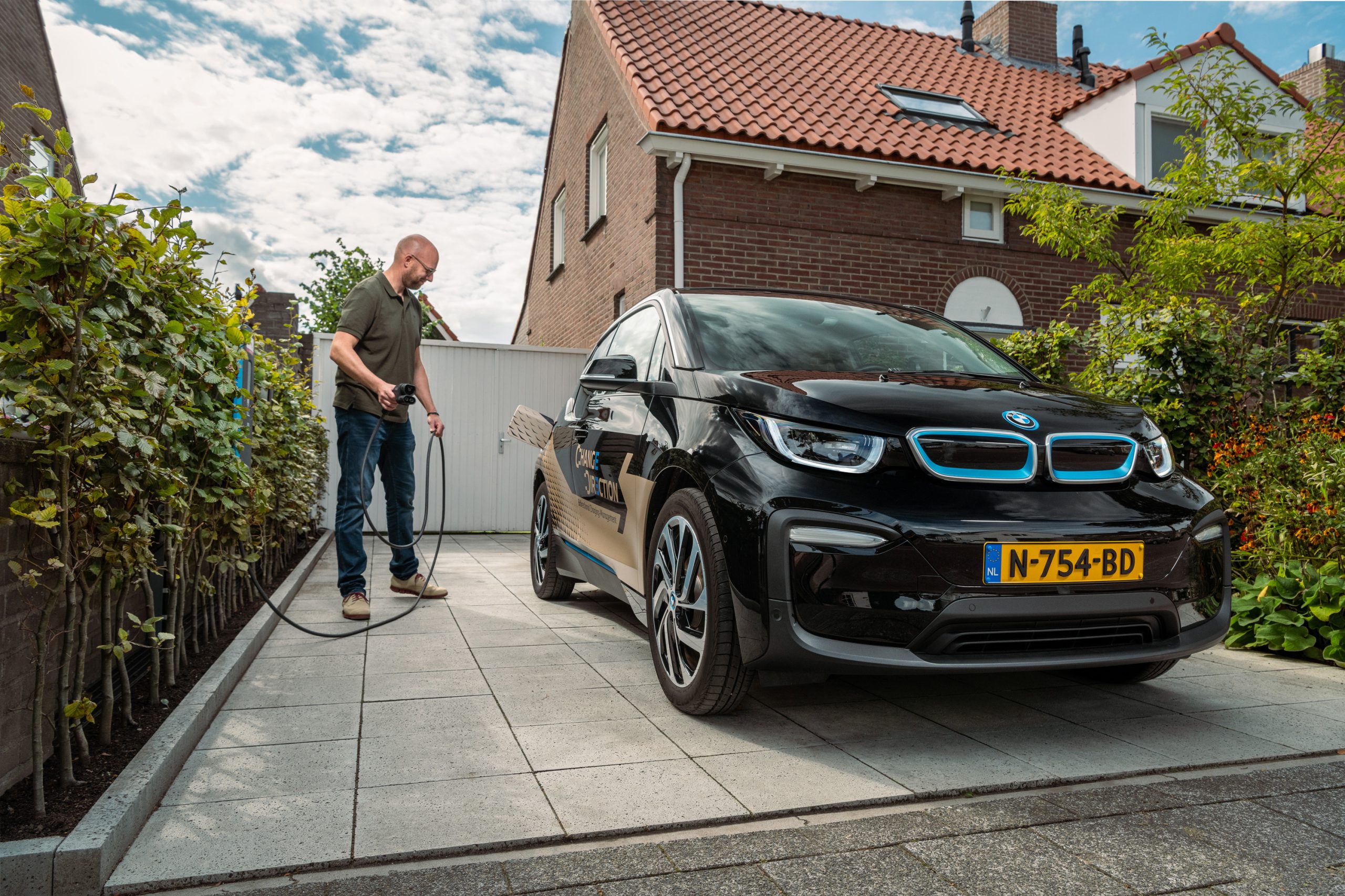Electric car delivers power to home: save up to 850 euros per year
Bi-directional charging
An electric car that acts as a battery for your home: of course, there are brands that have already introduced this technology. Think Kia, Hyundai or Mitsubishi. BMW is also working on so-called bi-directional charging, which allows a car to both charge and deliver power back to the grid or, as in this case, your home.
The test with Eneco eMobility is part of a larger international project through which BMW is conducting early research into the entire ecosystem of bi-directional charging and what it can do for customers.
Custom BMW i3
BMW provided a specially adapted BMW i3 and charging station, Eneco eMobility installed and tested the technical installation at a customer’s home. The electric driver could immediately use the BMW car battery as an energy buffer.
Saving 850 euros
The test showed that the fully charged battery of the BMW i3 (with a net capacity of 37.9 kWh) can supply a house with usage power for two days, assuming an average use of 11 kWh per day. And then you also keep power for a short drive. By charging when electricity is relatively cheap and using it when electricity is more expensive, you can save as much as 850 euros per year with bi-directional charging.

Timing consumption
This technology is not only beneficial to your wallet. Because you can time your consumption, it can also benefit the climate. By charging the battery with renewable sources as much as possible, such as when the sun shines or when it is windy, you can reduce or even avoid using fossil-generated electricity altogether.
Energy loss inevitable
An existing bottleneck in this method of electricity storage is efficiency loss. Indeed, practice shows an average efficiency of about 90%. This means that every time you charge or discharge your car, some energy is lost in the exchange with the house or the electrical grid. This is unavoidable and depends on the components chosen in the car and the charger. A positive first result is that the efficiency of the test setup is above the 90% average.
Answering questions
BMW and Eneco eMobility customers are certainly open to using this technology, but also have questions. For example, what are the effects of bi-directional charging on the car battery? These effects are now being widely researched in the marketplace. And with this application, is the car sufficiently charged for planned trips on the next day?
Smart apps, such as the MyBMW app and the Eneco Slim Laden app, offer a good solution for this. All in all, it is up to providers to address these questions to give electric drivers the confidence to make the switch to bi-directional charging. And for policymakers, there is also work to be done fiscally. This takes time. The field test represents yet another step forward in this process. With promising results.

